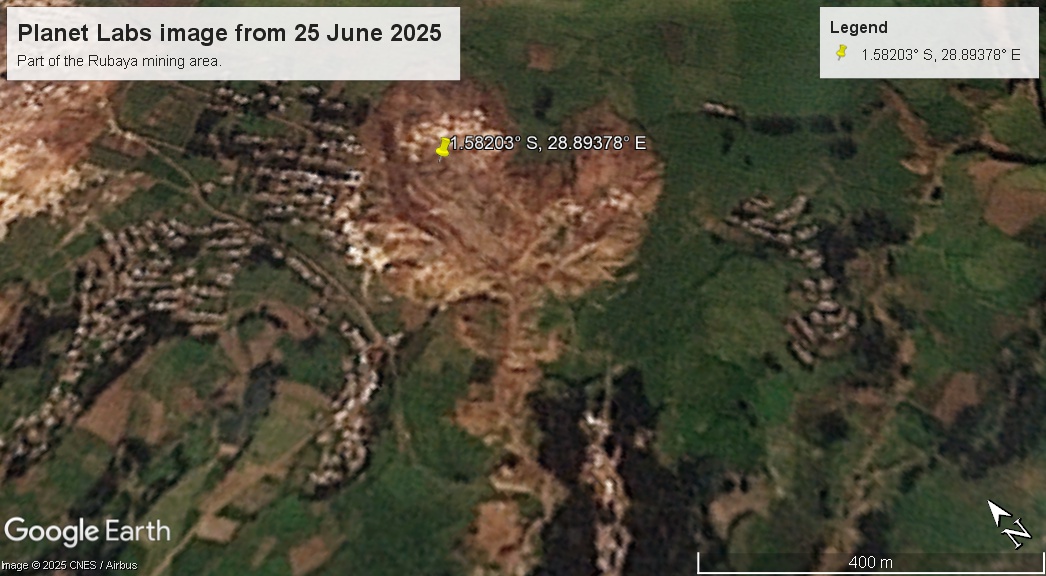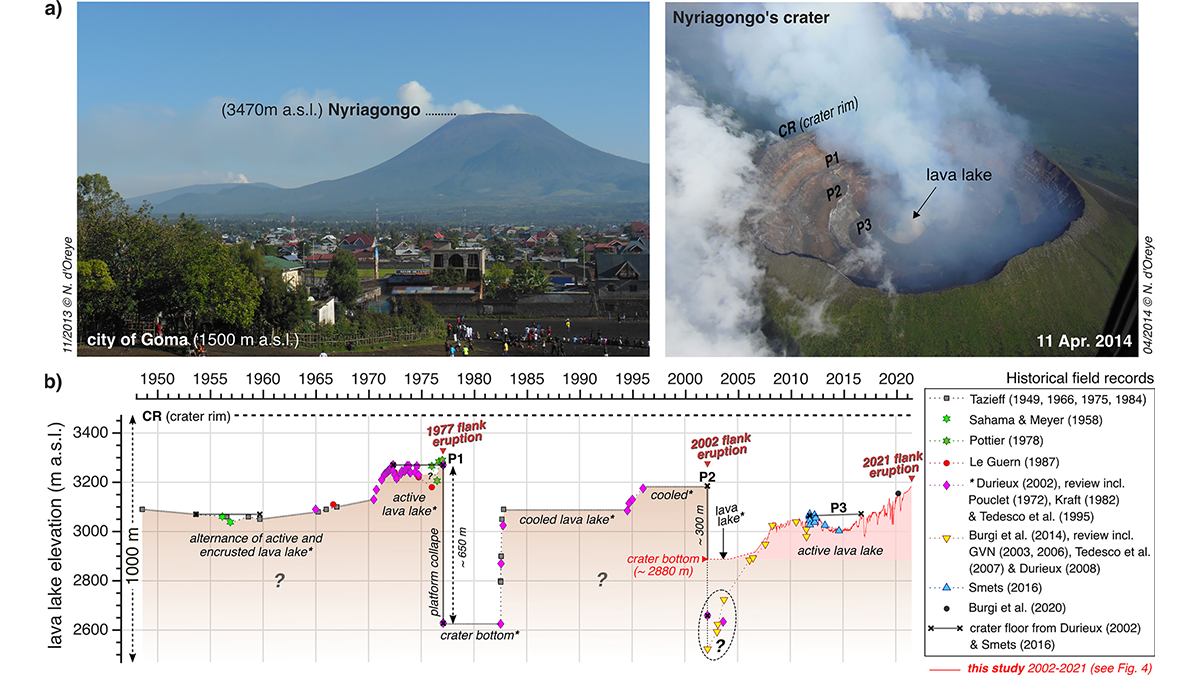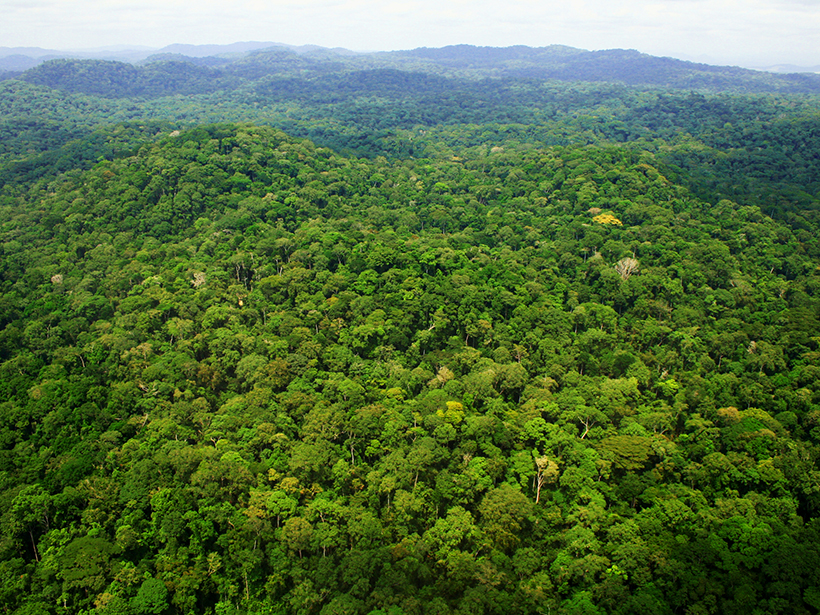A major slope failure killed many people, possibly over 300, in an area of unlicenced mining of the mineral Coltan. On 19 June 2025, a very significant landslide occurred at the Rubaya mining site in Masisi territory, North Kivu, which is located in the eastern part of the Democratic Republic of the Congo (DRC). The […]
Democratic Republic of the Congo
A transnational, valley-blocking landslide in Africa
The Landslide Blog is written by Dave Petley, who is widely recognized as a world leader in the study and management of landslides. On 23 February 2024, a large valley-blocking landslide was triggered by heavy rainfall in the Ruzizi Valley, to the south of the city of Bukavu, which is in the Democratic Republic of […]
Concientizando sobre los riesgos a las faldas de uno de los volcanes más peligrosos del mundo
A la sombra de una erupción letal en el 2021, estudiantes en Goma, República Democrática del Congo, están aprendiendo sobre futuros riesgos.
Raising Hazard Awareness at the Foot of One of the World’s Most Dangerous Volcanoes
In the shadow of a deadly eruption in 2021, students in Goma, Democratic Republic of Congo, are learning about future hazards.
Mesurer les oscillations d’un lac de lave depuis l’espace
Les images satellite permettent de mesurer les oscillations du lac de lave du Nyiragongo (RD Congo). Ces mesures renseignent sur la dynamique du volcan et aident à anticiper ses éruptions futures.
Tracking Lava Lake Levels at an African Volcano from Space
Satellite data from Nyiragongo Volcano, Democratic Republic of Congo, track changes in summit-crater lava levels that provide a window into eruption dynamics and aid in forecasting future activity.
Cheap Sensors Provide Missing Air Quality Data in African Cities
Calibrated low-cost sensors in Kinshasa and Brazzaville provide new information on pollution and help scientists model a way to improve access to air quality data.
Tropical Forests Are Losing Their Ability to Soak Up Carbon
The forests could switch from a carbon sink to a carbon source by the mid-2030s.
Toward Another Lava Lake in the Virunga Volcanic Field?
Earlier this year, a red glow became visible atop Nyamulagira, a volcano in the East African Rift. Helicopter flights soon confirmed lava fountains inside a pit crater on the volcano's central caldera.
A Model to Predict When a Cholera Outbreak Might Hit the Congo
Researchers determined the environmental conditions most likely to trigger a cholera epidemic in a region in eastern Congo.










